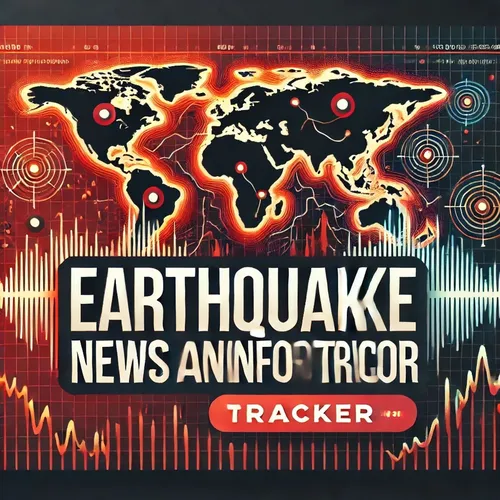Uranus Emits Unexpected Heat, Martian Year Milestone, and Planetary Viewing Opportunities Highlight May's Astronomy News
- Author
- Quiet. Please
- Published
- Thu 15 May 2025
- Episode Link
- https://www.spreaker.com/episode/uranus-emits-unexpected-heat-martian-year-milestone-and-planetary-viewing-opportunities-highlight-may-s-astronomy-news--66093189
Recent findings in planetary science have unveiled new insights about our solar system neighbors. Scientists have discovered that Uranus emits more heat than previously thought, with new studies confirming the ice giant radiates more energy than it receives from the sun. This unexpected thermal behavior adds to our understanding of the complex dynamics of outer planets.
NASA recently marked a new Martian year, which occurs every 687 Earth days. This milestone provides researchers with fresh opportunities to study seasonal patterns on the Red Planet and compare data across Martian annual cycles.
In skywatching news, May offers excellent opportunities to observe multiple planets. Mars and Jupiter are visible in the western sky after sunset, with Mars remaining viewable for several hours after dark. Jupiter sets earlier, around 9:30 or 10 PM, and is gradually getting lower in the sky each evening. On May 3, the first quarter Moon appeared right next to Mars, creating a striking visual pairing.
Morning skywatchers can spot Venus and Saturn in the eastern sky before dawn. These planets began the month appearing close together but are gradually separating as May progresses. Between May 23 and late May, early risers will witness a beautiful celestial gathering as the waning crescent Moon passes between these two planets.
The Eta Aquarid meteor shower peaked on May 6, offering skywatchers a chance to observe meteors streaming from the constellation Aquarius.
Astronomers are also anticipating an exciting event in the coming months - a nova explosion in the Corona Borealis constellation. This temporary "new star" will briefly brighten the night sky, and skywatchers are encouraged to familiarize themselves with this constellation's location in the eastern part of the sky during the first half of the night.
For those interested in space policy, President Trump's budget request for fiscal year 2026 has proposed significant cuts across science agencies, raising concerns within the scientific community. Meanwhile, congressional hearings this week are addressing quantum technology leadership and AI advancement, reflecting ongoing national priorities in space science and technology.
